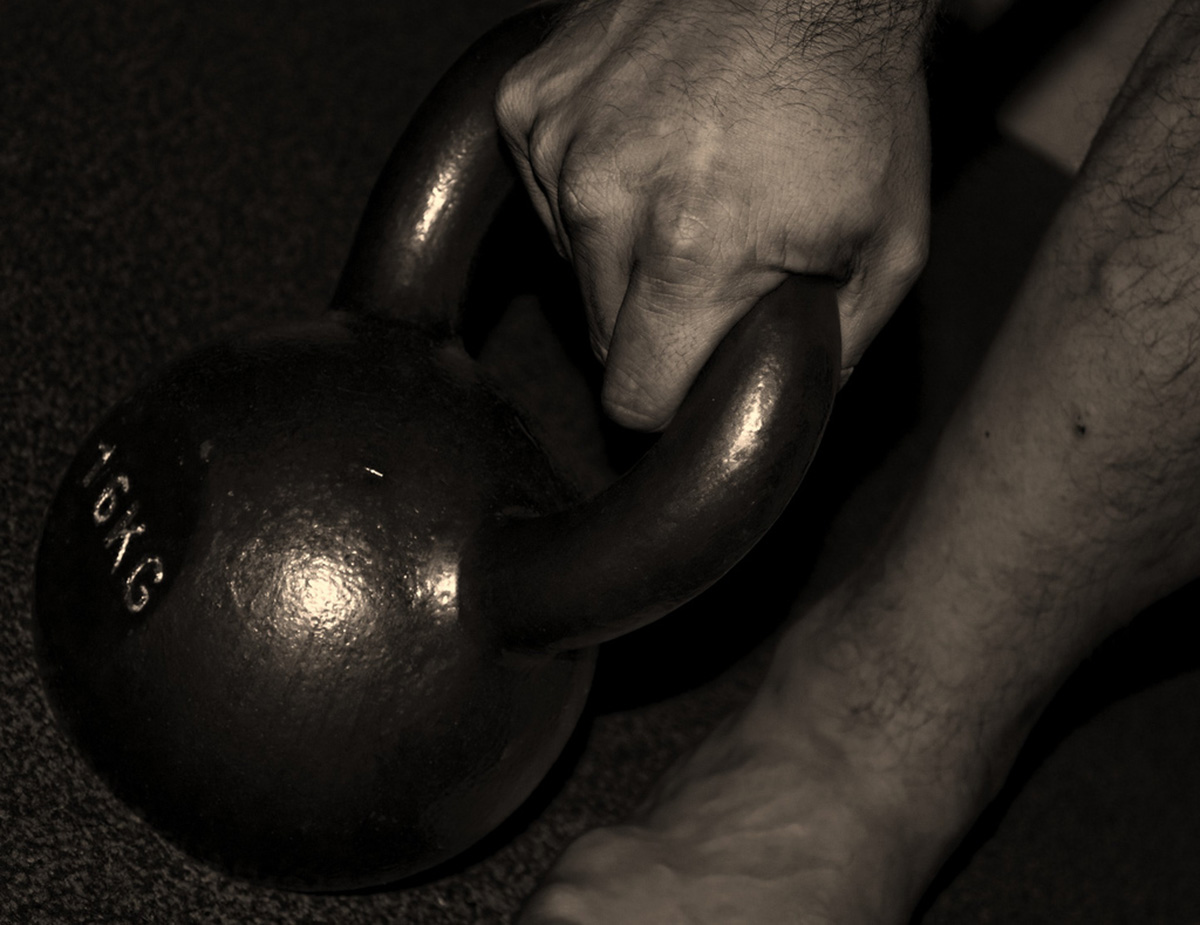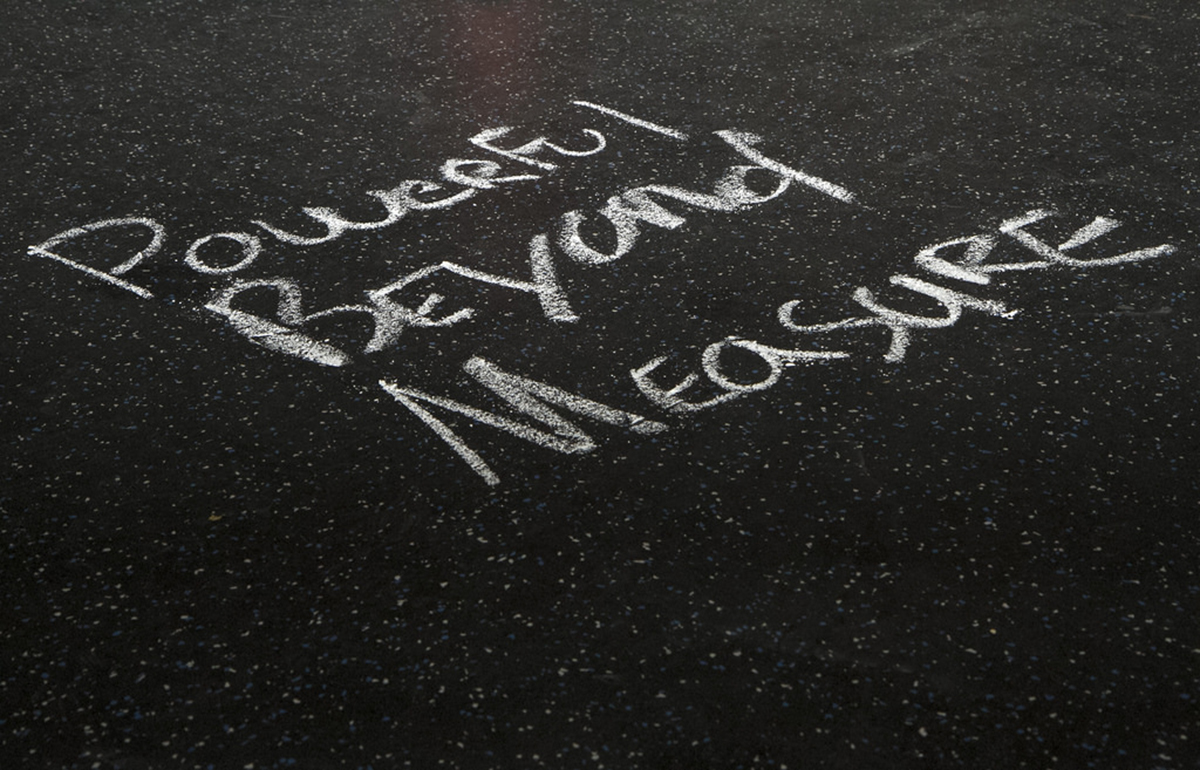Kettlebells, which are weights attached to a handle, making the weight look something like a kettle, have come back into style. Athletic trainers often classify them as "functional" exercise equipment, as the kind of weight (something with a handle) you might pick up outside the gym. Fitness fans recognize them as inexpensive and useful additions to any home gym. In fact, it's possible to use Russian kettlebells as your only home gym equipment with considerable success.

Soviet-era weightlifters who won far more than their share of Olympic gold medals recognized the importance of Russian kettlebells in their weekly workouts. A generation of scientific research, however, reveals some of the reasons why using kettlebells is such a great way to build muscle.
- Increased aerobic capacity. American scientists recruited 17 National Collegiate Athletic Association Division I collegiate soccer (football) players to participate in a two-week study in they either did their usual circuit weight training (going from machine to machine in the gym) or a 20-minute snatch and release routine with kettlebells. At the end of just two weeks, the women who had done the kettlebell routine had 6 percent greater respiratory capacity, that is, they could breathe in 6 percent more oxygen during exercise. The women who had continued their usual weight training routine had no changes in respiratory capacity. Russian sports medicine researchers have looked at this phenomenon more closely, and have concluded that the increase in aerobic capacity occurs as the body strives to keep the same concentration of oxygen in the lungs, even though each snatch of a kettlebell requires a relatively large amount of energy.
- Cardiovascular fitness. Most of us think of "weight lifting" and "cardio" as two different activities. Kinesiologists at Southeastern Louisiana University in the USA, however, have found that 30 minutes of a kettlebell routine (three 10-minutes sessions with a 3-minute break between them) is just as useful for cardiovascular training as 30 minutes on a treadmill at walking speed on a 4 percent grade. You can get your cardio and your strength training at the same time with kettlebells.
- Muscle building. Yet another group of American sports researchers found that protein bars after workouts actually helped build muscle in a group of athletes who did a routine that included kettlebells (Crossfit), but not in athletes who did not.
- Testosterone. Using kettlebells causes an immediate increase in testosterone levels (about 15 percent above normal), even without injections of testosterone. The effect occurs in the first 30 minutes after an exercise session, when muscles are at their most sensitive to testosterone.
- Back pain. Kettlebell training strengthens lower back muscles, making them more resilient when the back experiences sudden strain or stress. This reduces the frequency of lower back pain both in and away from the gym.
Getting Started with Russian Kettlebell Training

- Falatic JA, Plato PA, Holder C, Finch D, Han K, Cisar CJ. Effects of Kettlebell Training on Aerobic Capacity. J Strength Cond Res. 2015 Jul
- 29(7):1943-7. doi: 10.1519/JSC.0000000000000845. PMID: 26102260.
- Photo courtesy of Gone Lone Wolf via Flickr: www.flickr.com/photos/goneloanwolf/4172212623
- Photo courtesy of US Army Central via Flickr: www.flickr.com/photos/usarmycentral/13949522605


Your thoughts on this